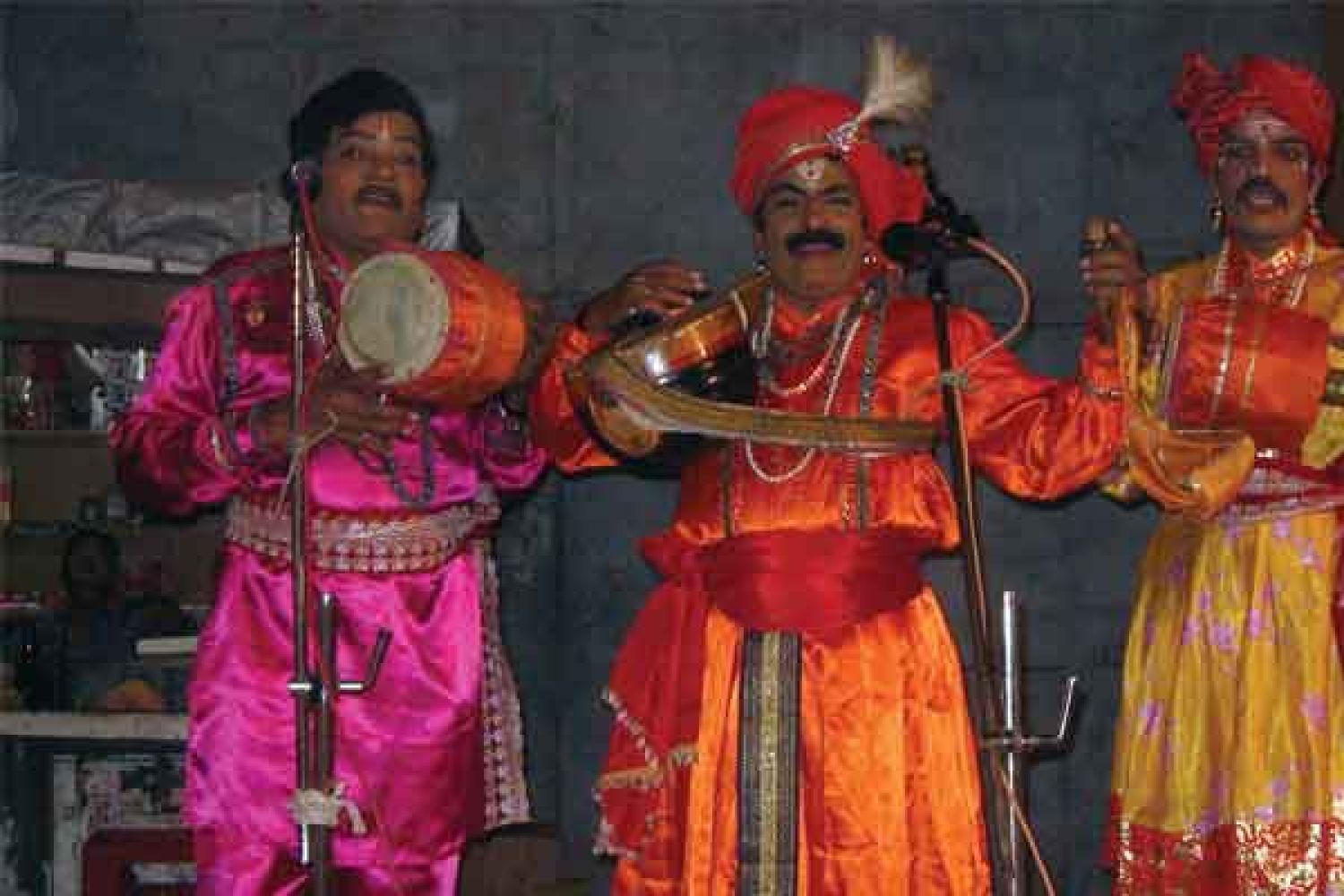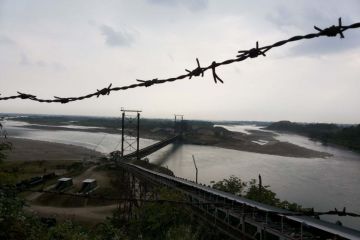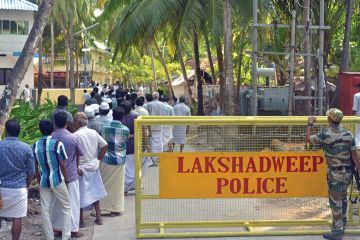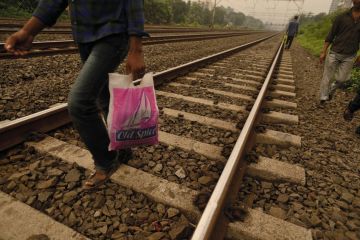
Along the Potti
Sreeramulu Road in Mandapeta in Andhra Pradesh’s East Godavari district, past
the shops selling flowers and fruits, and eateries on wheels, past the shops
selling jewellery, stands a huge statue of Hanuman. In his light
orange-and-brown tinted stature—legs like tree trunks and arms like logs—he
raises his right hand in benediction. A woman dusts the feet; a man prays. The
Agasthyeshwara Janardhana Swami temple is just next door.
A priest has just
finished the puja.





